Ultrasonic Cleaning
Kleentek is recognised as being at the forefront of industrial ultrasonic cleaning and manufacture in Australia and New Zealand. We have a singular and clear vision to manufacture the world’s best ultrasonic cleaning machines and to provide strategic and operational support to our customers.
7 Factors that Influence Ultrasonic Cleaning
Ultrasonic cleaning uses ultrasound energy to remove contaminate particles from the surface of an object that requires cleaning. It is proving an effective replacement for traditional cleaning methods that employ the use of toxic solvents, acid baths, high-pressure water jets and hand scrubbing.

Time
Cleaning time will vary greatly depending on the contaminant being removed.

Location of the part in the ultrasonic bath
The shape of a component being cleaned might require agitation or rotation to remove trapped air or expose areas of the component being cleaned to ultrasonic cavitation.

Frequency
The higher the frequency the gentler and more penetrating the cleaning while lower frequencies are more aggressive and used where substrate sensitivities are not a concern.
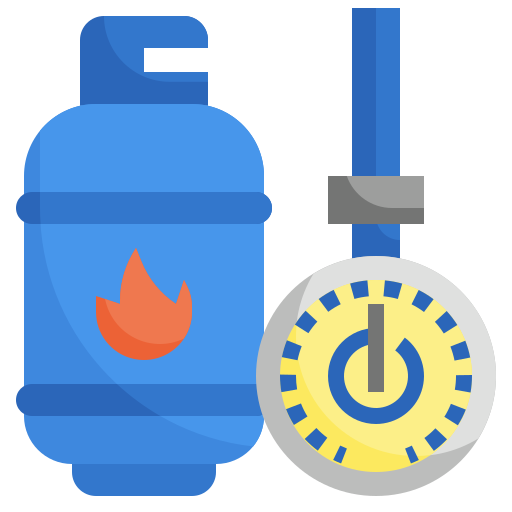
Degassing
Degassing is an often-undervalued first-step process of removing air trapped within the medium that absorbs and degrades ultrasonic energy. Degassing the liquid allows the unwanted air bubbles to rise to the surface and dissipate.

Solution Temperature
Higher temperatures of around 45°c enhance the effect of the chemistry in the solution and assist in accelerating the cleaning process. For industry cleaning, it is important to ensure your machine has a good heating element.

Power of The Ultrasonic System
Power is important to industrial cleaning and this is measured as Watts per Litre. Ultrasonic power exceeding 20 Watts per Litre even for tank volumes above 200L is necessary for effective cleaning.

Chemicals
The selection of chemicals is a vital component in improving the cleaning effect of ultrasonic’s. Many chemical formulations are not suitable for Ultrasonic cleaning applications. The chemical formulation needs to be tailored to the material being cleaned to prevent damage to the substrate and ensure it is suited to removing the targeted contamination. Chemicals are sold as a concentrate and are generally diluted in the tank to a ratio of between 5 and 30 percent. Most chemicals can be reused many times before needing to be replaced. Employing a weir and filtration system where heavy contamination occurs such as the cleaning of oils can ameliorate the degrading of a chemical.
5 widely recognised advantages of ultrasonic cleaning…
- Consistent cleaning results that are not dependent on operator skill or temperament.
- Work, health and safety benefits for operators with hands-off cleaning and reduced contact with harmful or harsh chemicals.
- Increased productivity through multiple parts being cleaned simultaneously and the reduced need to disassemble components before cleaning.
- Variable and non-contact scrubbing action to remove only the contamination through frequency and power selection.
- The ability to clean hard to reach areas such as small aperture holes, or tubes such as those found in radiators that are traditionally difficult and time-consuming to clean.
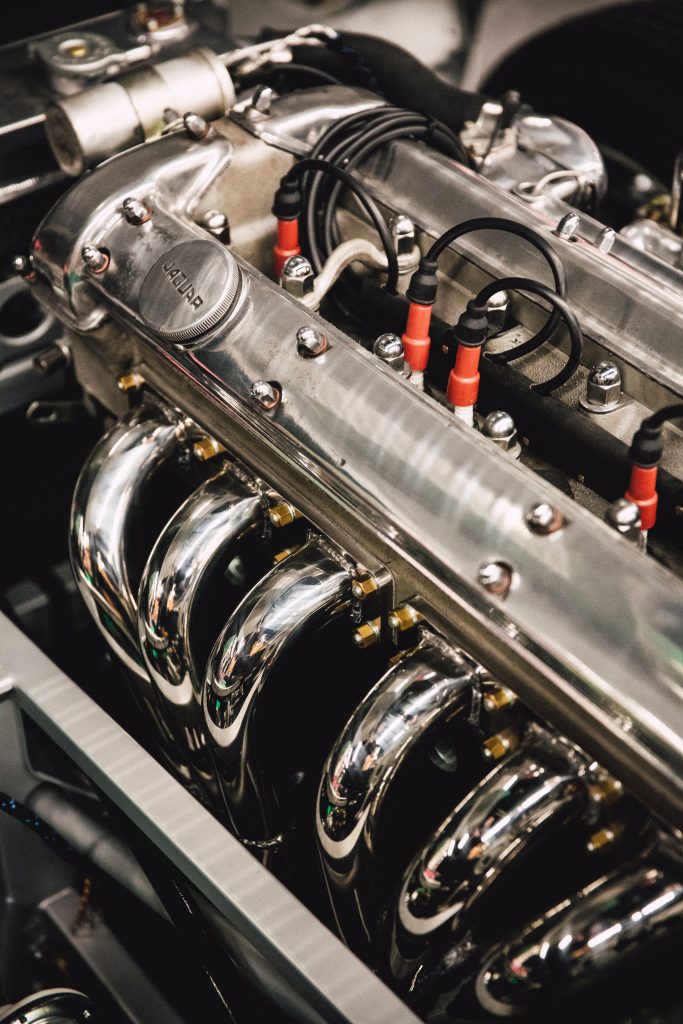
What is Ultrasonics?
Ultrasonics can be defined as the creation of sound waves at frequencies above 20kHz. Electrical energy can be converted to ultrasonic sound waves (above the range of human hearing of 16–20 kHz) through transducers or sonotrodes, coupled with generators, management and control electronics.
Ultrasound can be subdivided into three frequency ranges, namely; power ultrasound (20–100 kHz), high-frequency ultrasound (100 kHz–1MHz) and diagnostic ultrasound (1–10 MHz).
Ultrasound achieves its mechanical effects by generating high-energy micro-bubbles within a liquid medium. These subsequently collapse—a process known as cavitation (Krefting et al. 2004; Maisonhaute et al. 2002).
Sound acts as a source of energy and sound waves are composed of alternating zones of high and low pressure which alternately compress and stretch the liquid structure. Cavities form in the liquid in the stretched zone, creating empty volumes into which molecules of liquid migrate as a vapour, thus creating bubbles of vapour.
These bubbles are then subjected to those same vibrational stresses within the liquid, increasing in internal pressure and temperature as they accumulate more vapour during each vibration cycle.
A point is reached where the bubbles are unable to retain any more vapour and they eventually collapse. The internal pressure in the bubbles at the point of collapse is approximately 2000 atmospheres (30,000psi) and the temperature is about 50,000°C.
At the point of collapse, the unstable bubbles release energy causing shock waves which transfer focused mechanical, heat, and vibrational energy to the surrounding liquid. Typically, the high-shear energy wave that results from the collapse of each bubble in the liquid medium and at the surface of solid boundaries can travel at some 570 km/h.
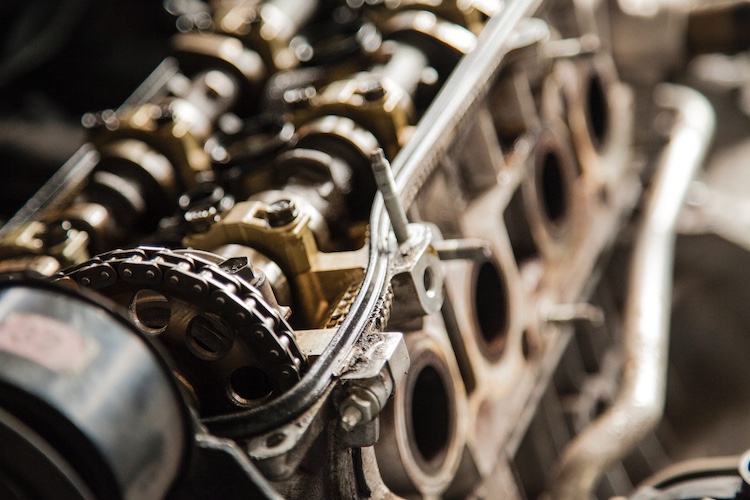
The mean diameter of cavitation bubbles varies from 170 – 3 um, for frequencies in the range 20 – 100 kHz.
The impact of the shear wave created by the microjet can be gentle or severe, depending on the level of power and frequency used, resulting in strong agitation for cleaning of hard surfaces, The most common applications are cleaning, welding, diagnostics, non-destructive testing, actuators and sonar, but these applications are limited to high frequencies in the 28kHz – 1MHz range (compared with human hearing 16 Hz – 20 kHz).
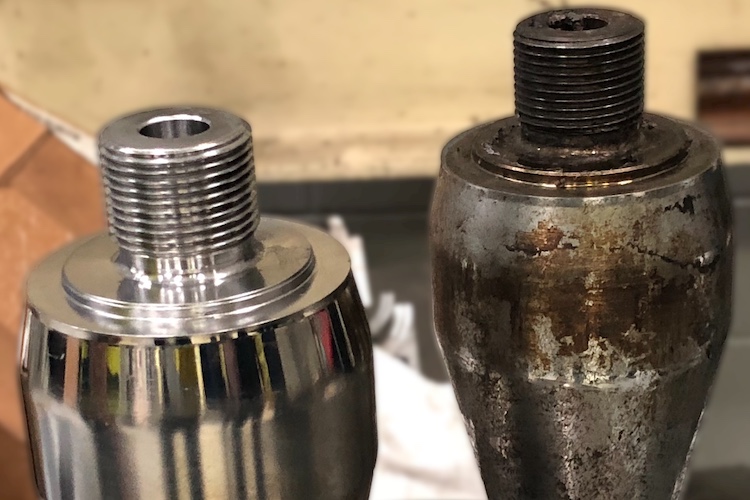
Ultrasonics Terminology
Cavitation distribution
The distribution of cavitation bubbles is random throughout the liquid volume and because they are caused by alternate stretching and relaxing of liquid, will only occur in those areas where sound waves are prominent (ability to use dynamic modulation to distribute evenly).
Stationary waves
There are however, areas where sound waves are cancelled out and where there will be no stretching and relaxing of the liquid. In these areas no cavitation bubbles will form. These areas are known as stationary waves.
To ensure that these stationary waves do not form in the same areas all the time, the frequency of the sound waves is altered electronically and moved cyclically through 1 – 2kHz by the frequency sweep circuit.
Automatic frequency tuning
When an article to be cleaned is placed in the ultrasonic bath, there is a change in sonic load experienced by the transducers, and this results in a small ultrasonic frequency change. To ensure optimum performance, the control circuit compensates for the change in sonic load experienced by the transducers and automatically controls the operating frequency.
Transducers
Transducers are devices that convert energy from one form to another. In this application, the transducer converts oscillating electrical energy into oscillating mechanical energy.
Thus, by passing an oscillating voltage with a frequency of 20kHz through the transducer, a corresponding 20kHz mechanical vibration is created through the cyclic deformation of the piezoelectric element at heart of the transducer.
There are two main types of transducer – piezoelectric and magnetostrictive. The later works by mechanical vibration caused by an oscillating magnetic field. While quite robust, this technology is not as efficient as the piezoelectric technology – the technology in common use today.
Piezoelectric transducers, nearly all have the same general construction. One or more piezoelectric elements are “sandwiched” between two pieces of metal. This arrangement is known as a Langevin transducer. The following illustration shows the general arrangement of a Langevin ultrasonic transducer.
The piezoelectric elements are compressed between the two masses M1 and M2 by a bolt through the centre of the assembly. The entire assembly is resonant at the desired operating frequency with the piezoelectric element being only a small component of the overall assembly. A typical transducer uses one or two piezoelectric elements. If there are two elements, they are arranged in such a way that their motion is additive. In the above illustration, the two piezoelectric elements are placed so that their positive faces contact a center electrode which is insulated from the rest of the assembly. The remaining parts of the assembly including the two masses M1 and M2 are at negative or ground potential and complete the circuit for the negative poles of the piezoelectric elements.
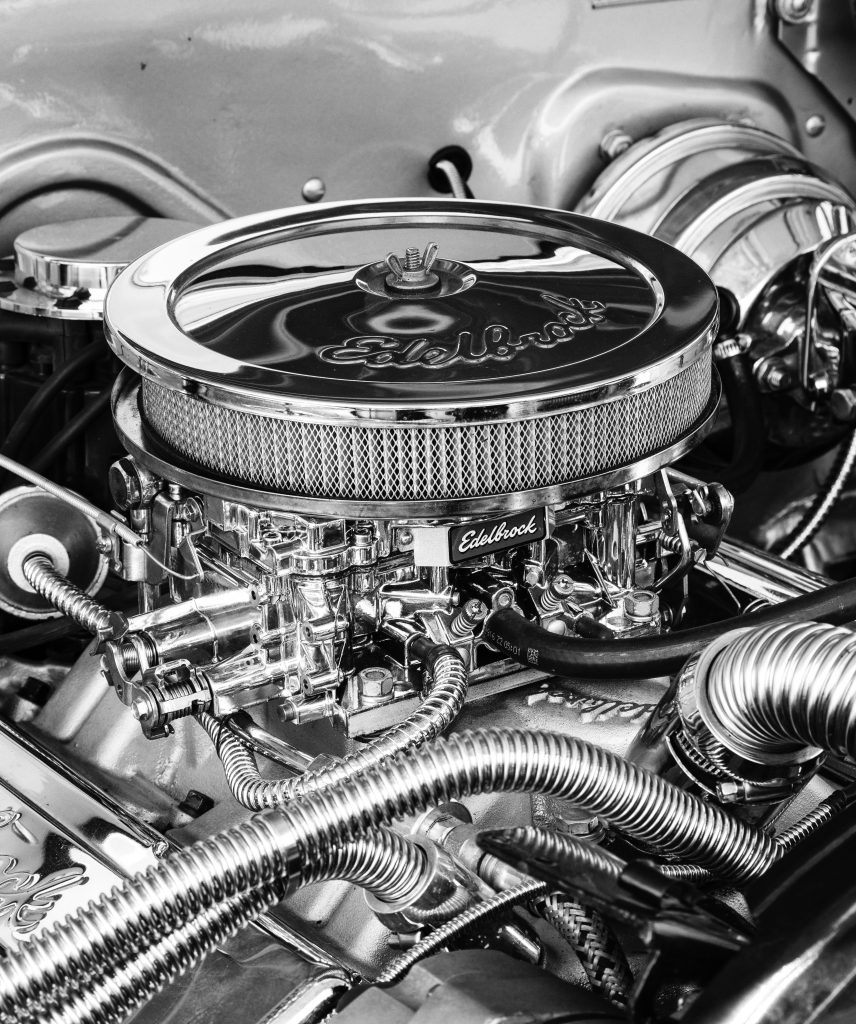
The faces of the piezoelectric ceramic elements are coated with a conductive silver material to provide the electrical connection. The hole through the centre of the ceramic is to accommodate the bolt which clamps the assembly together.
At assembly, the bolt is tightened to provide a precise amount of compression. This is important for the proper operation of the transducer. Once assembled, the piezoelectric ultrasonic transducer is resonant over its length and will transmit maximum power at this resonant frequency.
Cavitation erosion
Cavitation causes erosion of the softer residues on the surfaces of an article and, when very high power is used, can cause surface erosion of the article.
The role of ultrasonic chemicals
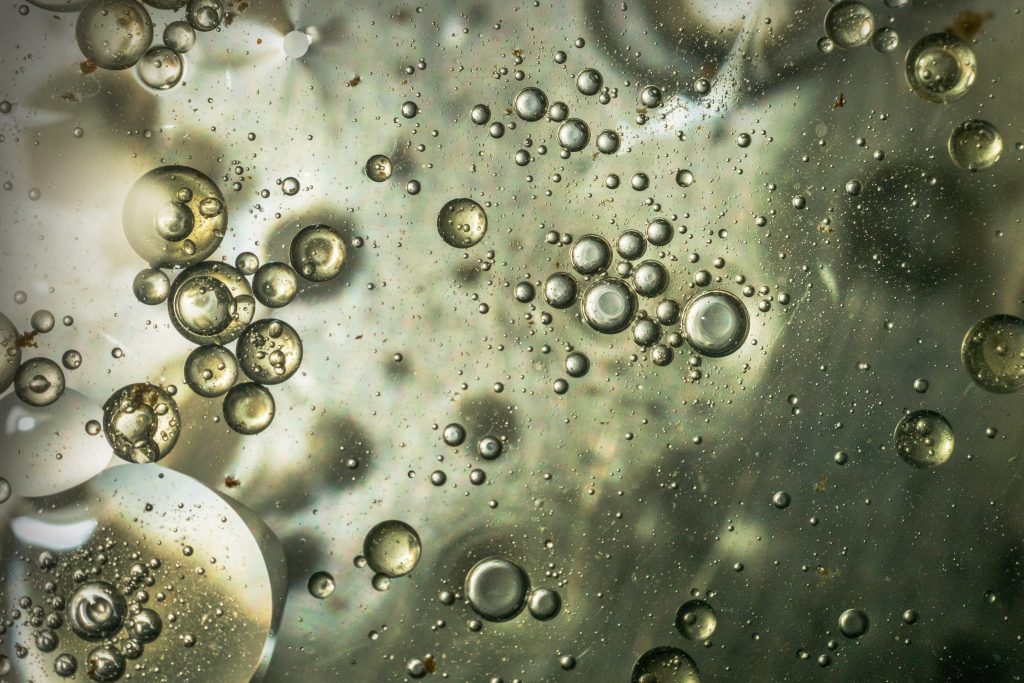
Detergents function two ways in the ultrasonic cleaning process:
- They are surface wetting agents and as such improve the wetting of both the oscillating surfaces of the cleaning bath and the work piece. This ensures that there is intimate contact between the transmitter of ultrasonic energy – the oscillating surfaces of the bath – and the liquid which transmits this energy in the form of cavitation bubbles to the work piece. The intimate wetting of the work piece ensures that cavitation bubbles can be created at the surfaces to be cleaned
- The detergent also assists in the removal of surface contaminants by wetting the contaminant particles and “dissolving” oily substances which may be present.
Because of their molecular structure they are best used in very small concentrations. In significant concentrations they can reduce the surface tension of the water too much, thus reducing the power of the cavitation bubbles by causing them to collapse prematurely.
There are many different types of detergents – foaming and non-foaming, anionic and non-ionic – and different contaminants require a detergent type and concentration specific to that contaminant. Formulation of cleaning solutions containing detergents is therefore carried out by our technical team and should always be used as directed.
Importance of degassing before use
Commonly, public water supplies contain microscopic air bubbles. These bubbles absorb ultrasonic energy which could otherwise have been used to create cavitation bubbles.
Water used in ultrasonic baths are therefore degassed with ultrasound before use. Ultrasound causes these microscopic bubbles to join together to form larger bubbles that then float to the surface where they collapse.
Frequency vs cavitation bubble diameter
At frequencies higher than the commonly used 28kHz, the cavitation bubble diameter reduces.
By specifying the frequency and power of the ultrasonic generator, we are able to control the size of the cavitation bubbles and the cavitation power to precisely clean a multitude of different materials.